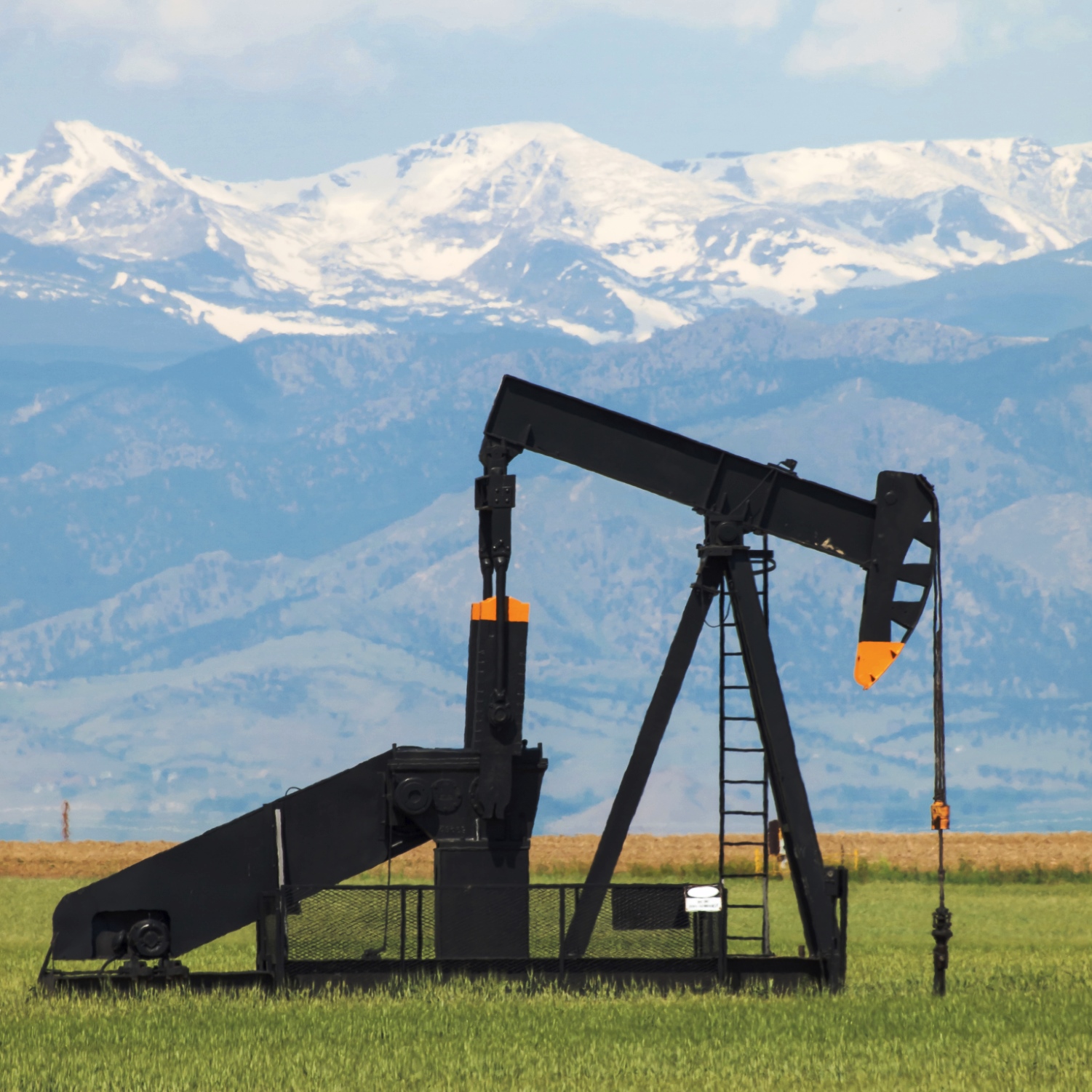
Exxon Mobil Corp. (NYSE: XOM) reported estimated fourth-quarter and full-year 2016 results before markets opened Tuesday morning. For the quarter, the integrated oil and gas giant posted quarterly diluted earnings per share (EPS) of $0.41 on revenues of $61.02 billion. In the same period a year ago, the company reported EPS of $0.67 on revenues of $59.81 billion. Fourth-quarter results also compare to the consensus estimates for EPS of $0.70 on revenues of $62.28 billion.
For the full year, Exxon reported EPS of $1.88 and revenues of $226.09 billion, compared with 2015 EPS of $3.85 and revenues of $268.88 billion. Analysts were forecasting $2.19 in EPS and revenues of $230.92 billion.
Full-year profits declined by 40%, from $2.78 billion in the year-ago quarter to $1.68 billion. In the upstream division, net profit totaled $196 million, including a $2 billion impairment charge. Excluding the impairment charge, profits fell from $4.9 billion in 2015 to $2.2 billion.
The company conducted an assessment of its assets in the third quarter that “indicated that the vast majority of asset groups have future undiscounted cash flow estimates exceeding carrying values.” Then the bad news:
However, the carrying values for certain asset groups in the United States exceeded the estimated cash flows. As a result, the corporation’s fourth quarter 2016 results include an after-tax charge of $2 billion to reduce the carrying value of those assets to fair value. The asset groups subject to this impairment charge are primarily dry gas operations in the Rocky Mountains region of the United States with large undeveloped acreage positions.
Exxon’s announced its $6.6 billion acquisition in the Permian Basin is, among other things, an effort to boost the carrying value of its assets. This is critical to the company’s credit rating and ability to borrow at the lowest possible rate.
Excluding the impairment charge, the U.S. upstream loss rose from $1.1 billion in 2015 to $2.1 billion. Earnings outside the United States fell from $8.1 billion in 2015 to $4.3 billion in 2016.
In the downstream division, earnings tumbled from $6.6 billion in 2015 to $4.2 billion. Weaker refining margins decreased earnings by $3.8 billion, while favorable volume and mix effects increased earnings by $560 million. All other items increased earnings by $920 million, mainly reflecting gains from divestments.
Oil-equivalent production in the fourth quarter decreased by 127,000 barrels a day to 2.38 million barrels a day. U.S. production rose by 2,000 barrels a day to 496,000 barrels. Natural gas production decreased by 179 million cubic feet per day year-over-year to 10.42 billion cubic feet. U.S. natural gas production fell by 126 million cubic feet per day to 3 billion cubic feet.
Capital spending totaled $4.83 billion in the fourth quarter, compared with $7.42 billion in the fourth quarter of last year. Full-year capex totaled $19.3 billion, down from $31.1 billion in 2015. U.S. upstream spending was cut by about half, from $1.62 billion to $817 million, and total upstream capex fell from $25.41 billion a year ago to $14.54 billion.
New CEO and Chairman Darren Woods said:
ExxonMobil demonstrated solid operating performance in 2016. Financial results for the year were negatively impacted by the prolonged downturn in commodity prices and the impairment charge. The company’s continued focus on fundamentals and our ability to leverage an attractive global portfolio through our integrated business ensures we are well positioned to generate long-term shareholder value.
The company did not provide guidance in its press release, but analysts are expecting first-quarter EPS of $0.92 on revenues of $71.9 billion, compared with EPS of $0.43 and revenues of $48.71 billion in the first quarter of 2016. For the full year, analysts are looking for EPS of $4.20 on $313.5 billion in revenues.
Exxon’s shares traded down fractionally just after Tuesday’s opening bell at $84.75, in a 52-week range of $73.55 to $95.55. Analysts had a 12-month price target of $88.83 before this morning’s report.
Travel Cards Are Getting Too Good To Ignore (sponsored)
Credit card companies are pulling out all the stops, with the issuers are offering insane travel rewards and perks.
We’re talking huge sign-up bonuses, points on every purchase, and benefits like lounge access, travel credits, and free hotel nights. For travelers, these rewards can add up to thousands of dollars in flights, upgrades, and luxury experiences every year.
It’s like getting paid to travel — and it’s available to qualified borrowers who know where to look.
We’ve rounded up some of the best travel credit cards on the market. Click here to see the list. Don’t miss these offers — they won’t be this good forever.
Thank you for reading! Have some feedback for us?
Contact the 24/7 Wall St. editorial team.




